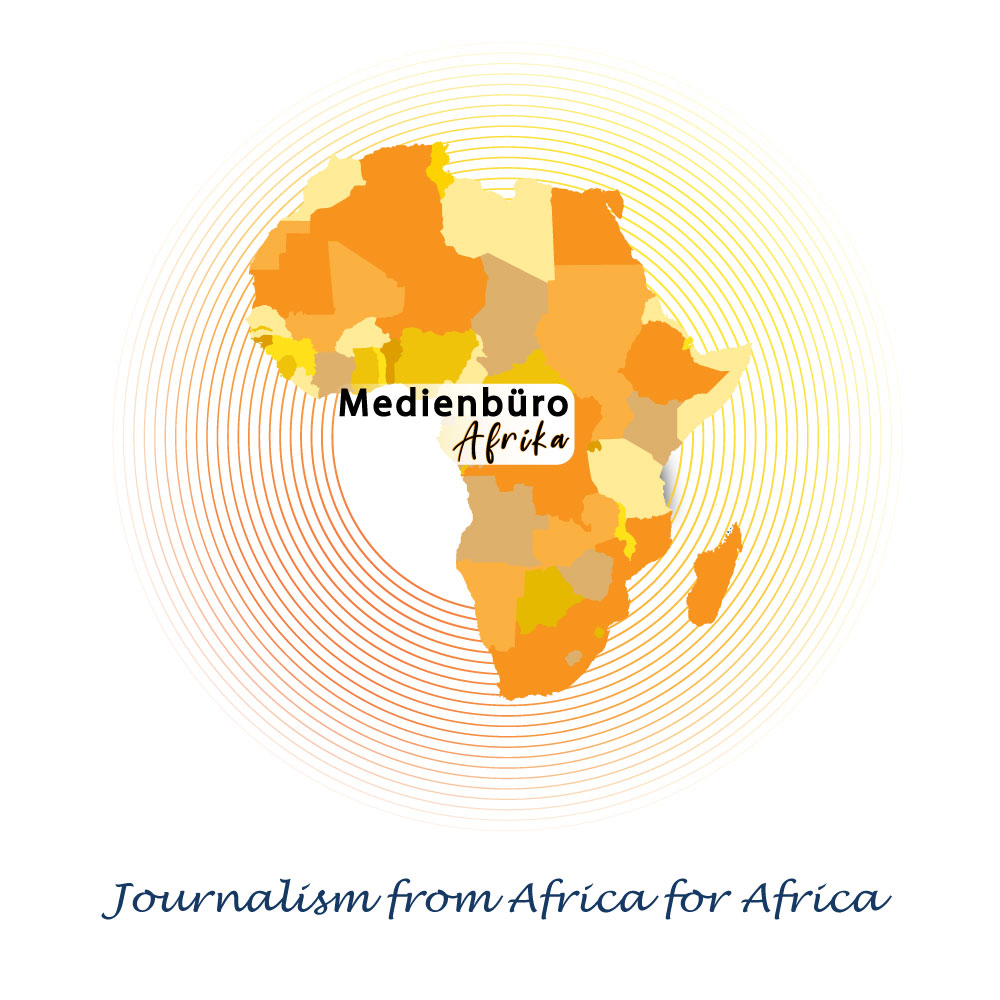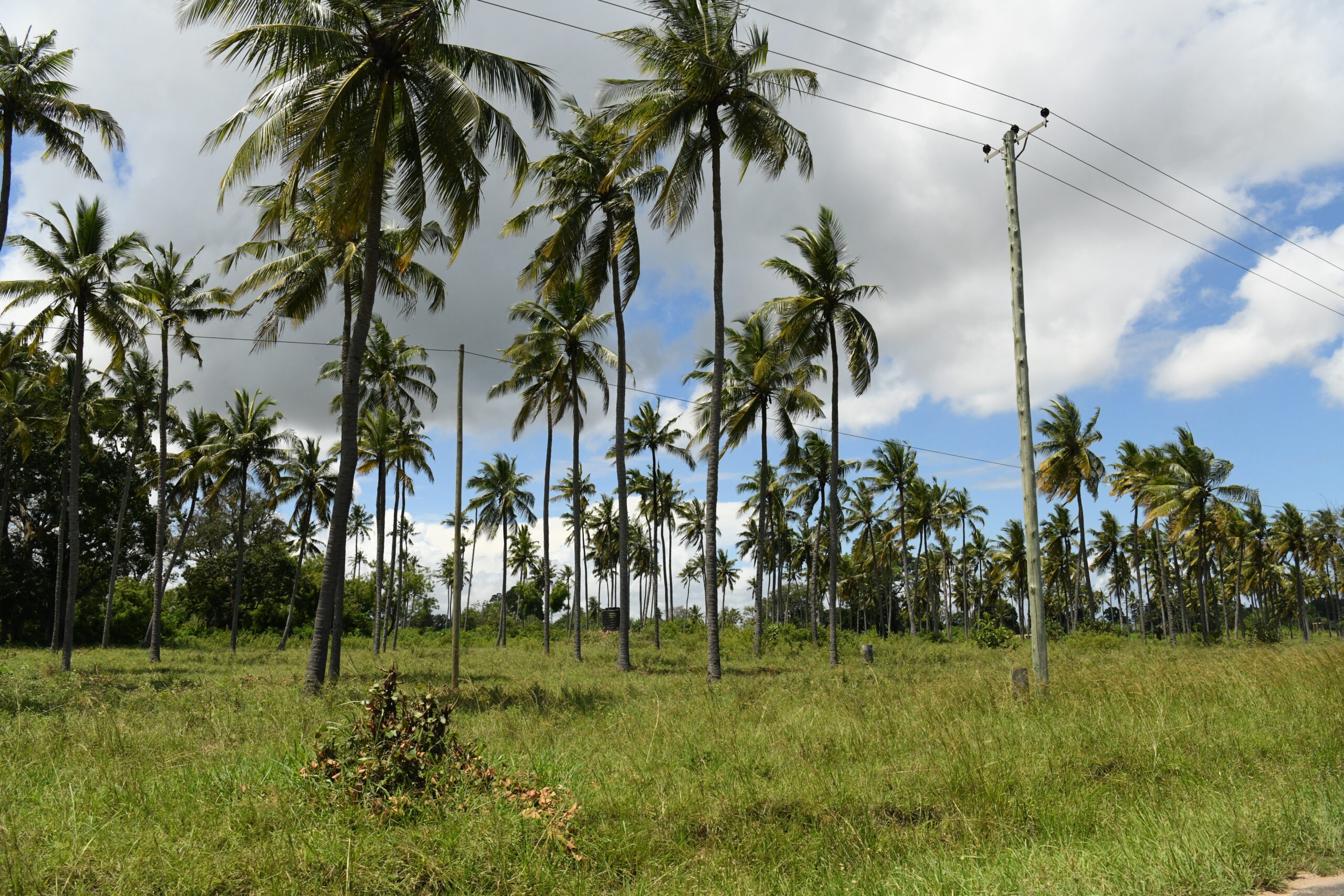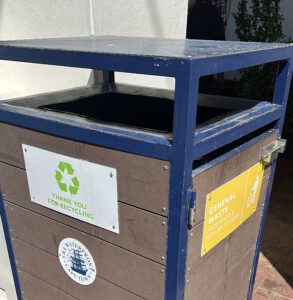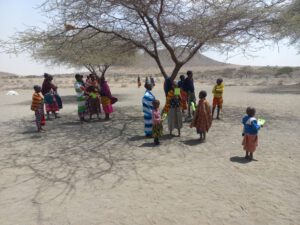Da es Salami, Tansania – Tanzania in East Africa offers favourable conditions for the use of renewable energies: The republic lies several hundred kilometres south of the equator and has a tropical climate with a very high number of hours of sunshine. Much is still under construction. This makes it a good time for German companies to enter the market.
Tanzania is almost three times the size of Germany in terms of area and has 61.7 million inhabitants (2022 census). Two thirds of them are under 25 years old. According to the German Federal Ministry for Economic Cooperation and Development (BMZ), Tanzania is one of the most politically stable and peaceful countries in East Africa. Economic development is positive, with the economy growing continuously at rates of 4 to 9% per year, interrupted only by the Covid pandemic.
In Tanzania’s energy sector, which according to the International Energy Agency is one of the countries with the lowest energy consumption in the world with 0.49 oil equivalent (2015), the use of biomass largely dominates primary energy consumption (PEC), which at 23 million tonnes of oil equivalent (toe, 2015) accounts for 84% of the total energy consumed. The majority of primary energy consumption in private households comes from charcoal or firewood, while around 12 % of PEV is accounted for by petroleum products. There is still a lot of room for improvement in terms of electrification: Across the country, around 33% of the population in 3.8 million households had access to electricity in 2016 [1].
Positive framework conditions for renewables
The framework conditions for renewable energy are positive based on a series of regulations and decrees issued by the Tanzanian Ministry of Energy, which was founded in 2016. The Ministry is generally responsible for the utilisation of energy and oil resources as well as the oil and gas infrastructure. Sources in rural regions of the country play an important role in the utilisation of renewables. The government has launched special programmes for this purpose.
As is the case almost everywhere in Africa, hydropower is also an important source of energy in Tanzania, mainly driven by five large hydropower plants in 2016/17. The electricity produced in the 2016/2017 reporting year accounted for around a third (35%) of electricity production. Almost two thirds (59%) came from (domestic) natural gas and, to a lesser extent, from liquid fuels, 6% from petroleum products and biomass (0.3%) [1]. The strong dependence on hydropower is not without its problems, as drought has recently led to bottlenecks in supplying the population. Because the population is growing rapidly – it has more than quintupled since 1967 – the demand for energy is increasing and the expansion of renewable energies is becoming ever more important. As is the case almost everywhere in Africa, hydropower is also a significant source of energy in Tanzania, mainly driven by five large hydropower plants in 2016/17 The electricity produced in the 2016/2017 reporting year accounted for around one third (35%) of electricity production. Almost two thirds (59%) came from (domestic) natural gas and, to a lesser extent, from liquid fuels, 6% from petroleum products and biomass (0.3%) [1]. The heavy reliance on hydropower is not without its problems, as drought has recently led to shortages in the supply of energy to the population. Because the population is growing rapidly – it has more than quintupled since 1967 – the demand for energy is increasing and the expansion of renewable energies is becoming ever more important.
The strong dependence on hydropower is not without its problems, as drought has recently led to bottlenecks in supplying the population. Because the population is growing rapidly – it has more than quintupled since 1967 – the demand for energy is increasing and the expansion of renewable energies is becoming ever more important.
Around 70% of the population in Tanzania’s cities currently have access to electricity. According to Adrian Mapunda, a self-employed renewable energy expert in Tanzania and electrical engineering graduate from the University of Pretoria, this figure is only 22% in rural areas. The figures show that there is a huge amount of catching up to do, especially in rural areas. There, the expansion of the electricity grid can make a significant contribution to the expansion of sustainable energy supply, but off-grid systems are also widespread and can generally accelerate development.
Oil pipeline under pressure from the EU
The European Union is putting pressure on the so-called EACOP project in Uganda and Tanzania. The centrepiece of the project is an oil pipeline. Tanzania, which is one of the shareholders in the EACOP project, is seriously concerned about the serious, in its view factually incorrect, representations in a resolution published by the EU Parliament in 2022. The EU opposes the project because it envisages the exploitation of Ugandan oil fields in a nature reserve. This would contradict the 1.5°C target. The project is of great importance for the 41 million predominantly poor people in Uganda.oil pipeline under pressure from the EU
The European Union is putting pressure on the so-called EACOP project in Uganda and Tanzania. The core of the project is an oil pipeline. Tanzania, which is one of the shareholders in the EACOP project, is seriously concerned about the serious, in its view factually incorrect, representations in a resolution published by the EU Parliament in 2022. The EU opposes the project because it envisages the exploitation of Ugandan oil fields in a nature reserve. This would contradict the 1.5°C target. The project is of great importance for the 41 million predominantly poor people in Uganda.
Tanzanian Renewable Energy Association
The Tanzanian Renewable Energy Association (TAREA) is a point of contact when it comes to renewable energies in the East African country. It was founded on 7 May 2001 and is committed to the use of renewable energies in Tanzania. It works together with local and international partners. These partners support TAREA in the planning and realisation of its projects. Tanzanian Association for Renewable Energies.
The first task was to convince the Tanzanian government of the importance of TAREA. This led to a VAT exemption for solar and wind power plants in Tanzania in 2005. The organisation’s most recent success was a dialogue with the Energy Regulatory Authority to regulate the tariffs for electricity from renewable energy generated in mini-grids. The first tariffs were announced in August 2022, with three member companies receiving cost-reflective tariffs. The first task was to convince the Tanzanian government of the importance of TAREA. This led to a VAT exemption for solar and wind power plants in Tanzania in 2005. The organisation’s most recent success was a dialogue with the Energy Regulatory Authority to regulate the tariffs for electricity from renewable energy generated in mini-grids. The first tariffs were announced in August 2022, with three member companies receiving cost-reflective tariffs.
Raising awareness, knowledge and training for renewable energies in Tanzania is one of TAREA’s key objectives. It is aimed at planners, decision-makers, donors and end users of renewable energy technologies. Key activities include the installation of renewable energy systems used for energy access in communities through energy demonstrations in villages, national renewable energy days, live talk programmes on radio and television or newspaper articles, brochures, e-newsletters and social media. In addition, workshops, site visits and lectures on renewable energy are organised for primary and secondary school pupils as well as college and university students.
Off-grid systems
Off-grid solutions are particularly in demand in the rural regions of Tanzania. This becomes clear on a bus journey from Dar es Salaam to the region around Tanga. Off-grid solutions are increasingly being used as stand-alone solutions, particularly in places characterised by agriculture, especially when connection to the electricity grid is difficult. The grid connection is carried out by the national energy supplier Tanesco. More and more stand-alone grids and household solutions are being integrated to supply remote regions with electricity. Off-grid systems.
Conclusion
In order to reduce CO2 emissions in Tanzania as far as possible and switch to 100% renewable energy, around US$ 9 billion is required Athina Nyomby, business owner and start-up expert in Tanzania. New energy co-operations are looking in the direction of developing and western central banks. A market for renewable energies with pull factors has been emerging in recent years, from which German companies could also benefit.
In rural areas of Tanzania, off-grid systems are the solution when grid expansion is lagging behind. Either photovoltaic systems can provide the necessary energy supply for properties, but off-grid solutions for entire villages are also possible. These are measures that can slow down the rural exodus. Overall, renewable energies in Tanzania are finding fertile ground that needs to be utilised, and off-grid systems are the solution in rural areas of Tanzania when grid expansion is lagging behind. Either photovoltaic systems can provide the necessary energy supply for the properties, but off-grid solutions for entire villages are also possible. These are measures that can slow down the rural exodus. Overall, renewable energies in Tanzania have fertile ground that needs to be utilised.
Quellen
AHK Services Eastern Africa Ltd. (2018): TANSANIA – Energieeffizienz und Eigenversorgung mit Erneuerbaren Energien in der Industrie. Zielmarktanalyse 2018 mit Profilen der Marktakteure https://www.german-energy-solutions.de
Author: Dr. Thomas Isenburg
The the German version is published:
https://www.energie.de/et/aktuell/uebersicht
Already published:




